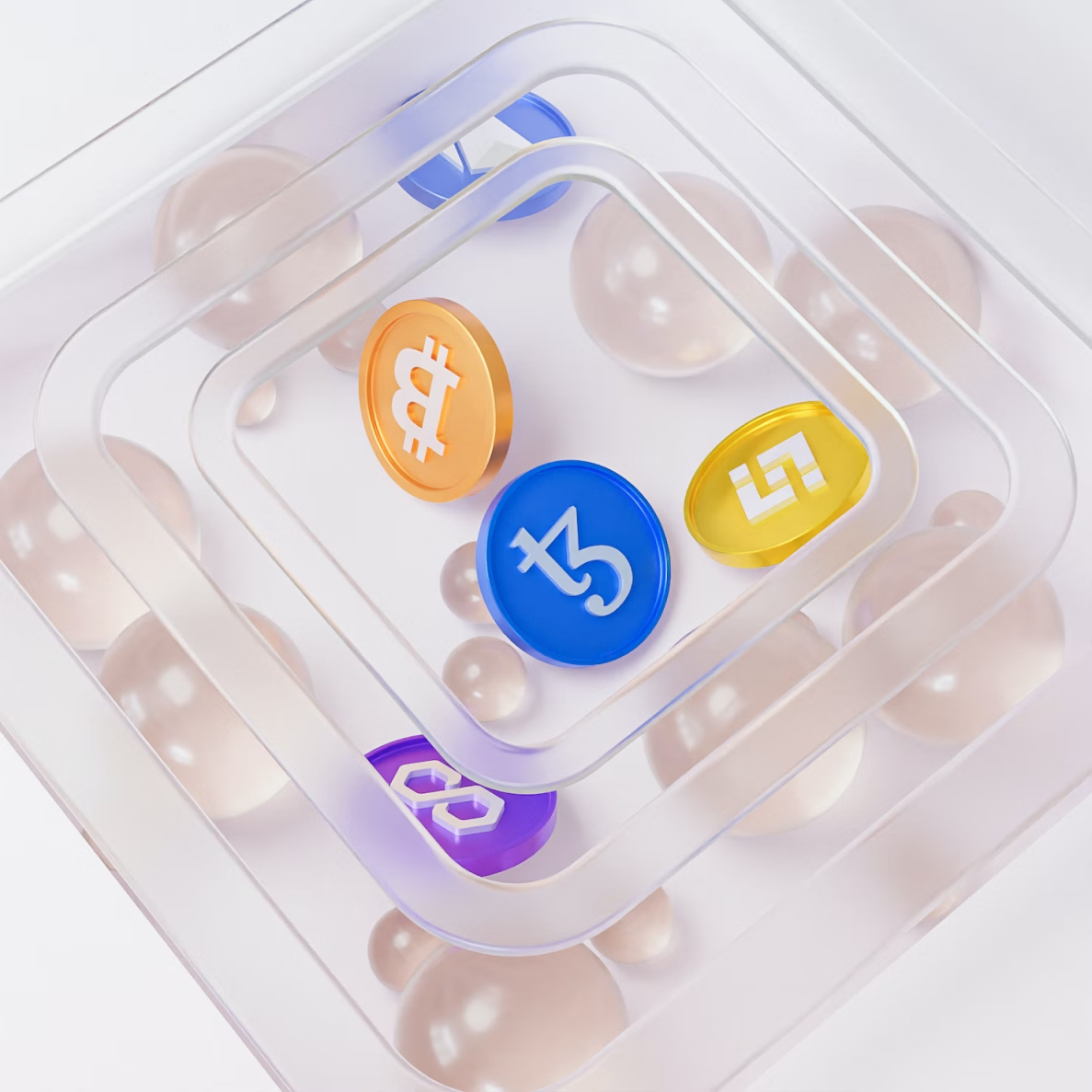S&P 500 claws back half its tariff losses, but the chaos is far from over

The S&P 500 pulled off a brutal 14-day rally after getting hammered by President Donald Trump’s tariff plan, clawing back half the ground it lost in the last meltdown. This rebound, fueled by fear, confusion, and desperate buyers, happened so fast it left most traders spinning.
According to data from CNBC, the index jumped more than 10% from its lowest close and ripped 14% higher from the savage April 7 intraday low.
The snap rally kicked off after a massive flight out of US dollar assets and Treasuries created a gaping hole in the market. The S&P 500 punched right into the gap left by the April 3 panic selloff.
On a closing basis, the index has recovered exactly half of what it lost, but the damage to investor confidence and market structure still stinks.
Buyers rush in as technical signals flash green
Some of the technical signals flashing during this rebound would make a Wall Street nerd drool. Thursday triggered the rare and hyped-up Zweig breadth thrust, where the market sees a cluster of extreme positive breadth days after being smashed down.
There have been 19 known cases of this since the 1940s, and every time, the S&P 500 finished higher six to twelve months later. Still, some analysts argue that recent decades brought more false alarms because of decimalized trading and a flood of ETFs letting people yank the whole market around at once.
Bespoke Investment Group said every stock in the Nasdaq 100 went green on Tuesday. The S&P 500 also posted three straight days of gains over 1.5% from Tuesday to Thursday.
History shows that when either of those two freak events happens, the market is usually higher a year later. But with small sample sizes and typical 12-month market gains anyway, nobody should be calling it safe just yet.
Retail investors were the only ones consistently buying the dip, based on Bank of America Merrill Lynch’s private-client flow data. Meanwhile, fast-money speculators flooded back after the multi-day rally last week.
Jonathan Krinsky from BTIG, who had called for a short-term rally, warned Friday that the market could stall. He said the Goldman Sachs Retail Favorites Basket spiked 11.4% in just four trading days. The last two times that happened, in November 2022 and March 2022, massive plunges followed almost immediately.
Tariffs fuel fears of deeper economic pain
The recent S&P 500 drop fits a weird pattern where stocks bottom just shy of a 20% loss on a closing basis. The closing low in this pullback slipped a hair past 19%, which happened in 1990, 1998, 2011, and 2018, too. Only 1990 came with a US recession.
But now, the odds of a full-blown recession are shooting up fast. Trump’s tariff war has companies slashing hiring plans and investments, bracing for harder times ahead.
Trump’s delay on tariff hikes and talk of possible trade deals gave investors hope that the worst might still be avoided. But everyone is watching if soft economic data, like consumer surveys and CEO sentiment, starts leaking into hard facts like jobs and spending numbers.
The start of Q1 earnings season brought a typical 70% of companies beating expectations, but CEOs had almost nothing good to say about the future. The tariff cloud hangs over everything.
Companies are basically admitting they can’t give real guidance because this one man could yank the tariffs higher at any moment with literally no warning.
FactSet reported, “To date, the market is rewarding positive earnings surprises reported by S&P 500 companies for Q1 more than average and punishing negative earnings surprises reported by S&P 500 companies for Q1 less than average.”
Research from 3Fourteen shows that after 10% corrections, future earnings projections split depending on whether a recession hits. Before the last few weeks, the forecast looked more like the “no recession” track, but now estimates are slipping, raising more alarm.
The liquidation frenzy that hit a few weeks back, mixed with the global “Sell America” wave, made even weak hints at easing tariffs and slightly better economic data enough to yank stocks higher.
But closing the rest of the gap from February’s highs won’t be easy. Past panics like Russia’s 1998 default and the 2011 debt-ceiling mess didn’t feel resolved when the market started to bounce either.
Cryptopolitan Academy: Want to grow your money in 2025? Learn how to do it with DeFi in our upcoming webclass. Save Your Spot
S&P 500 claws back half its tariff losses, but the chaos is far from over

The S&P 500 pulled off a brutal 14-day rally after getting hammered by President Donald Trump’s tariff plan, clawing back half the ground it lost in the last meltdown. This rebound, fueled by fear, confusion, and desperate buyers, happened so fast it left most traders spinning.
According to data from CNBC, the index jumped more than 10% from its lowest close and ripped 14% higher from the savage April 7 intraday low.
The snap rally kicked off after a massive flight out of US dollar assets and Treasuries created a gaping hole in the market. The S&P 500 punched right into the gap left by the April 3 panic selloff.
On a closing basis, the index has recovered exactly half of what it lost, but the damage to investor confidence and market structure still stinks.
Buyers rush in as technical signals flash green
Some of the technical signals flashing during this rebound would make a Wall Street nerd drool. Thursday triggered the rare and hyped-up Zweig breadth thrust, where the market sees a cluster of extreme positive breadth days after being smashed down.
There have been 19 known cases of this since the 1940s, and every time, the S&P 500 finished higher six to twelve months later. Still, some analysts argue that recent decades brought more false alarms because of decimalized trading and a flood of ETFs letting people yank the whole market around at once.
Bespoke Investment Group said every stock in the Nasdaq 100 went green on Tuesday. The S&P 500 also posted three straight days of gains over 1.5% from Tuesday to Thursday.
History shows that when either of those two freak events happens, the market is usually higher a year later. But with small sample sizes and typical 12-month market gains anyway, nobody should be calling it safe just yet.
Retail investors were the only ones consistently buying the dip, based on Bank of America Merrill Lynch’s private-client flow data. Meanwhile, fast-money speculators flooded back after the multi-day rally last week.
Jonathan Krinsky from BTIG, who had called for a short-term rally, warned Friday that the market could stall. He said the Goldman Sachs Retail Favorites Basket spiked 11.4% in just four trading days. The last two times that happened, in November 2022 and March 2022, massive plunges followed almost immediately.
Tariffs fuel fears of deeper economic pain
The recent S&P 500 drop fits a weird pattern where stocks bottom just shy of a 20% loss on a closing basis. The closing low in this pullback slipped a hair past 19%, which happened in 1990, 1998, 2011, and 2018, too. Only 1990 came with a US recession.
But now, the odds of a full-blown recession are shooting up fast. Trump’s tariff war has companies slashing hiring plans and investments, bracing for harder times ahead.
Trump’s delay on tariff hikes and talk of possible trade deals gave investors hope that the worst might still be avoided. But everyone is watching if soft economic data, like consumer surveys and CEO sentiment, starts leaking into hard facts like jobs and spending numbers.
The start of Q1 earnings season brought a typical 70% of companies beating expectations, but CEOs had almost nothing good to say about the future. The tariff cloud hangs over everything.
Companies are basically admitting they can’t give real guidance because this one man could yank the tariffs higher at any moment with literally no warning.
FactSet reported, “To date, the market is rewarding positive earnings surprises reported by S&P 500 companies for Q1 more than average and punishing negative earnings surprises reported by S&P 500 companies for Q1 less than average.”
Research from 3Fourteen shows that after 10% corrections, future earnings projections split depending on whether a recession hits. Before the last few weeks, the forecast looked more like the “no recession” track, but now estimates are slipping, raising more alarm.
The liquidation frenzy that hit a few weeks back, mixed with the global “Sell America” wave, made even weak hints at easing tariffs and slightly better economic data enough to yank stocks higher.
But closing the rest of the gap from February’s highs won’t be easy. Past panics like Russia’s 1998 default and the 2011 debt-ceiling mess didn’t feel resolved when the market started to bounce either.
Cryptopolitan Academy: Want to grow your money in 2025? Learn how to do it with DeFi in our upcoming webclass. Save Your Spot

